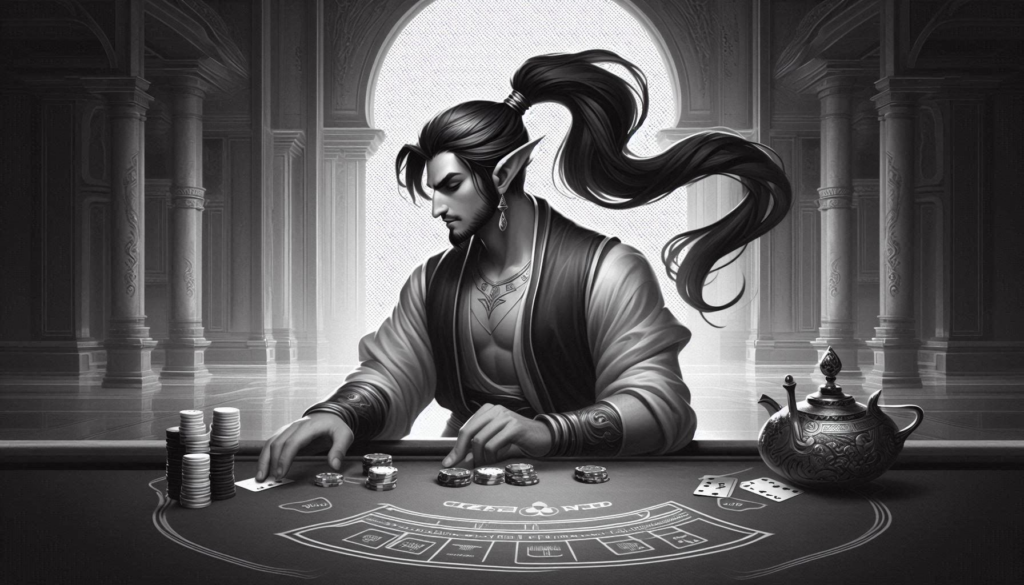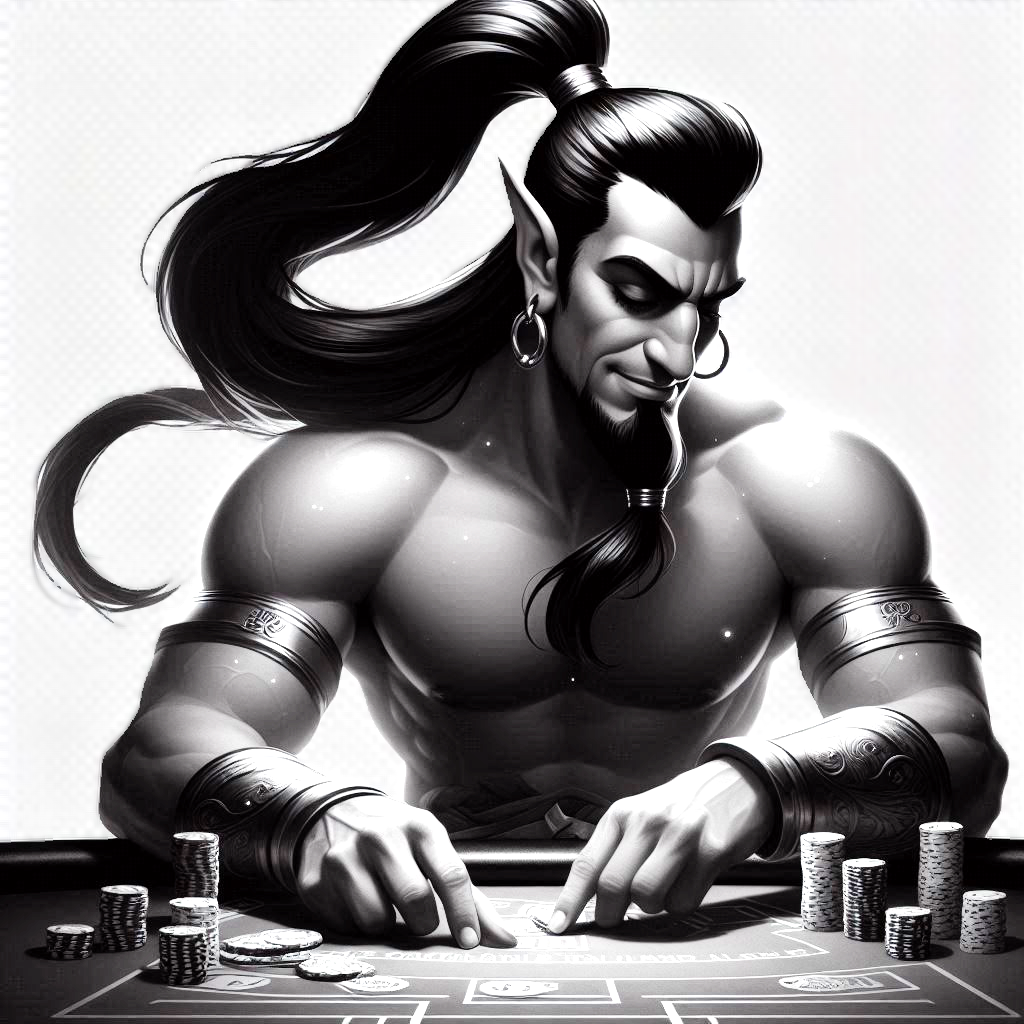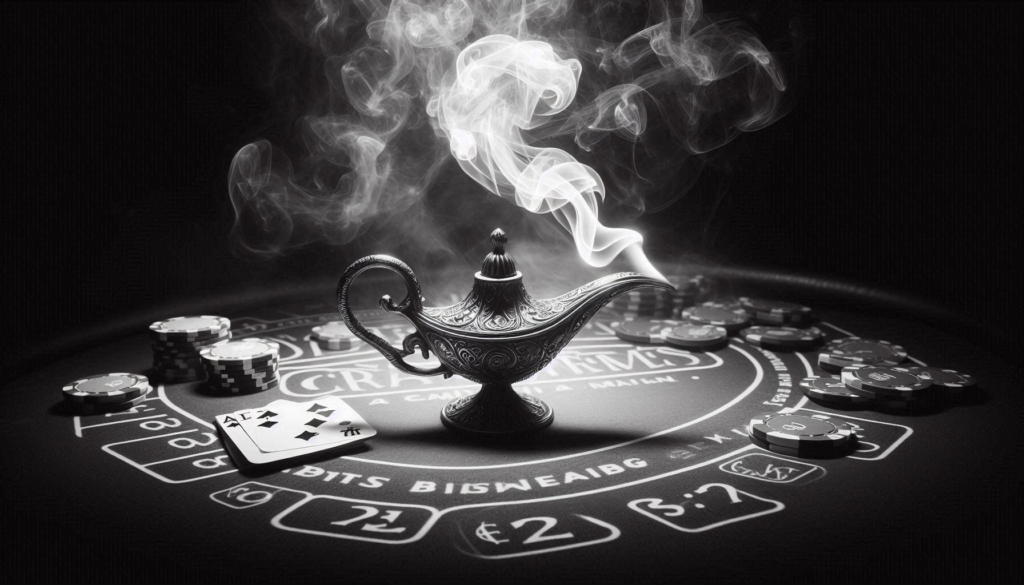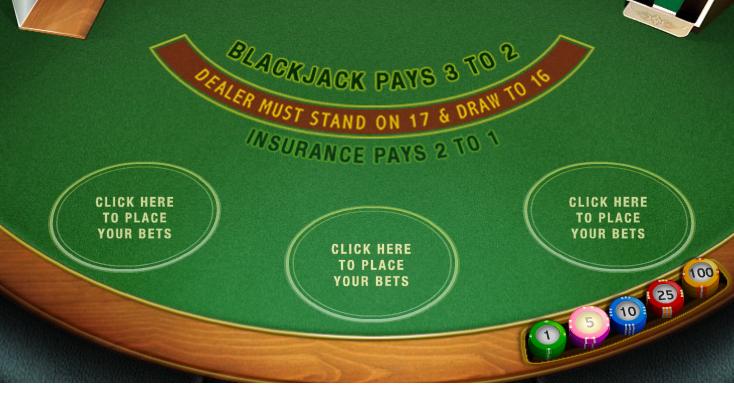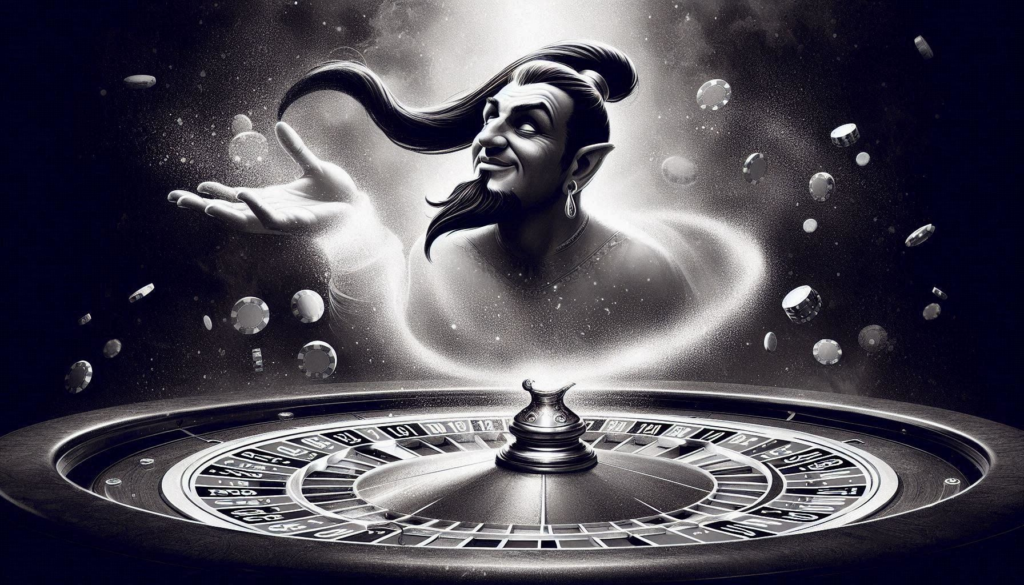
The martingale betting system is a commonly used betting system, which like Roulette has its origins in France. The betting strategy is generally used for stakes where there is an equal (or almost equal) chance of one of two outcomes occurring. The most basic example is a coin toss but the strategy is commonly applied to Roulette.
The strategy is based on the bettor doubling their bet after each loss to ensure that their first win recovers any previous losses along with an additional profit. Be warned however that the martingale strategy is not fool proof as (1) it presumes the gambler has infinite wealth (2) betting limits exist.
Application of the Martingale Betting System in Roulette
When applying the martingale betting system to Roulette it is important to remember that the strategy is applied to situations where there is an equal or almost equal chance of one of two outcomes occurring. In Roulette this means betting on outside bets, i.e. red or black or odd or even where the payout is 1:1, and doubling the bet so as to recover losses when the player’s selection is not drawn.
Due to the possibility of drawing a zero it is important to note that the chance of drawing either outcome is not 50%/50% but rather, 47.4%. This doesn’t affect the strategy however as if you do not draw your selected number you still double your bet. It is best to display this via an example where the martingale strategy is applied to the selection of red or black in Roulette.
- A player decides to bet on the outside bet of “Black” in Roulette and places a bet of €1 on this outcome.
- If the result is Black, that is fine and the player will be paid at 1:1
- If the result is not Black, i.e. Red or zero, the player loses their stake and places a bet on Black again, this time for double their previous stake, €2 in this instance. If the result is Black this time, then the return to the player is €4 which will cover the loss they made in their first bet as well as meaning the player pockets an additional profit of 1X their initial stake. If you win begin the process again with your original stake.
- Betting continues in that doubling manner when a player doesn’t win, e.g.
Genie recommends
- Global sportsbook & casino.
- Punt with over 20 cryptocurrencies + fiat.
- Frequent promotions & cashback offers.
- Global availability & language support.
- Over 3,000 casino games & live casino.
Find out more

| Selection | Stake | Result | Total Profit/Loss |
| Black | € 1 | Loss | – € 1 |
| Black | € 2 | Loss | – € 3 |
| Black | € 4 | Loss | – € 7 |
| Black | € 8 | Loss | – € 15 |
| Black | € 16 | Win | + € 1 |
System Limitations
As mentioned previously, while this casino betting system may lead to short term gains, it is not fool proof. A players bankroll may not be sufficient and they could run out of money while on a losing run.
In addition, most casino tables have a maximum bet of €500. This means that punters can double their bets by up to a maximum of 9 consecutive times on a stake of €1 before they would then breach the table limit for outside bets. Statistically, this means that in Standard or European Roulette there is only a 0.24% chance that there will not be a winning outcome in 9 spins. In American roulette, where there are 38 potential outcomes this is slightly greater at 0.31%.
